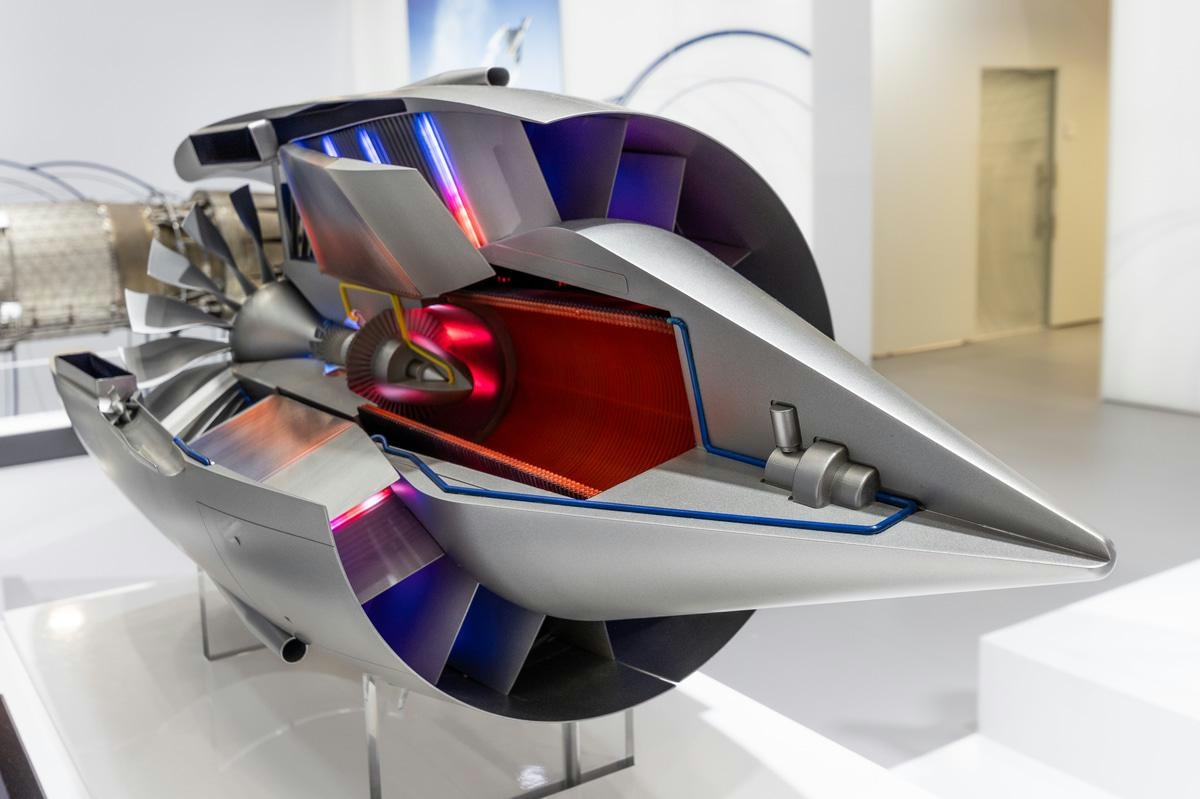現在のトレンド
Pratt & Whitney Marks 100 Years of Commercial Engine Innovation
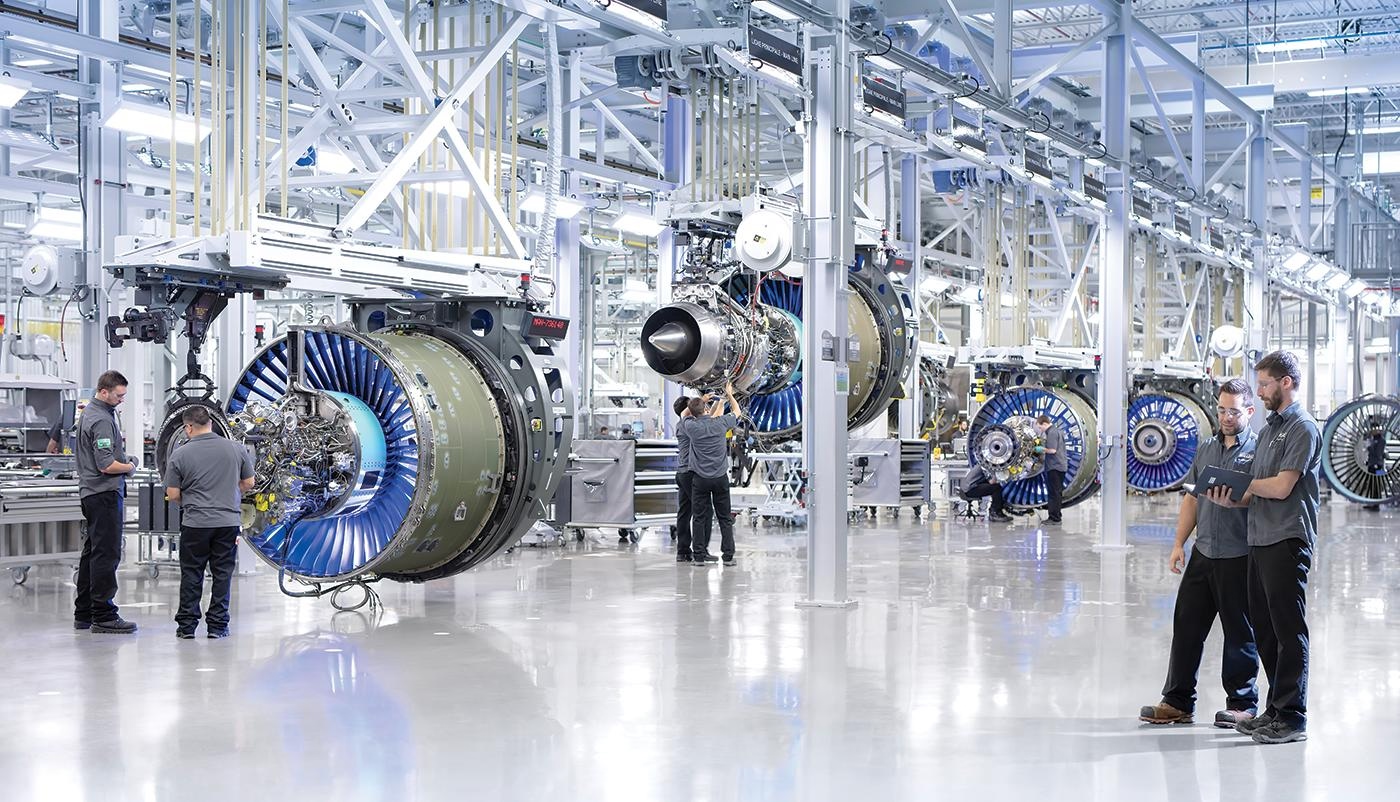
Pratt & Whitney Marks 100 Years of Commercial Engine Innovation
Pratt & Whitney, a cornerstone of aviation engine development for a century, began its journey with the military Wasp engine and has since been instrumental in shaping commercial aviation. The company’s engines have powered a succession of iconic aircraft, from the pre-war Martin M-130 clippers operated by Pan American to landmark jetliners such as the Boeing 707, 727, 747, Douglas DC-9, and Airbus A300. These contributions have helped define the jet age and continue to influence the evolution of commercial flight.
Evolution from Widebody to Single-Aisle Focus
While Pratt & Whitney’s legacy in widebody aircraft is anchored by influential engines like the JT9D and PW4000, the company’s current commercial strategy centers on the single-aisle market, which represents the largest and fastest-growing segment in aviation. This strategic pivot was highlighted 18 years ago with the introduction of the Geared Turbofan (GTF), a clean-sheet design that revolutionized performance standards for a new generation of narrowbody aircraft.
Pratt & Whitney has long been a significant player in single-aisle propulsion, notably through the V2500 engine developed in partnership with International Aero Engines—a consortium that includes Rolls-Royce, MTU, and the Japanese Aero Engines Corporation. The V2500 remains an option for the original Airbus A320 family, a key competitor to the Boeing 737 since its 1984 debut. However, the GTF represented a true technological breakthrough by introducing geared architecture to commercial service for the first time.
The Impact and Future of the Geared Turbofan
Following years of research, the GTF entered development and testing in 2008, initially targeting the Mitsubishi Regional Jet (later rebranded as the SpaceJet). Its impact has been profound, enabling a new generation of aircraft with improved efficiency and environmental performance. Today, the GTF powers all Airbus A320neo family aircraft as the PW1100G-JM and serves as the exclusive engine for the Embraer E190-E2 and E195-E2 (PW1900G), as well as the Airbus A220 (PW1500G).
Rick Deurloo, president of commercial engines at Pratt & Whitney, emphasizes the engine’s significance: “Commercial aviation has always played a vital role for Pratt & Whitney, and that is certainly true today, where the GTF is the most fuel-efficient engine on the market.” With over 11,000 orders delivered or on backlog to 90 customers, the GTF powers a growing fleet of 2,300 aircraft. According to Deurloo, the engine achieves up to 20% better fuel efficiency compared to its predecessors, saving seven billion liters of fuel over nine years in service, while producing a noise footprint 75% smaller than earlier models. “People just love how quiet the engine is,” he adds.
Pratt & Whitney continues to invest in the GTF platform, recently securing US certification for the GTF Advantage, the first major upgrade to the PW1100G-JM for the A320neo family, with European approval anticipated later this year.
Challenges Ahead in Sustainable Propulsion
Despite its successes, Pratt & Whitney faces ongoing challenges in maintaining leadership in efficient and sustainable propulsion technologies. Competitors such as GE Aerospace and Rolls-Royce are accelerating innovation, with engines like the GE9X designed to rival the GTF’s performance. While the market response to the GTF has been overwhelmingly positive, scaling sustainable technologies and meeting increasingly stringent regulatory requirements for greener aviation remain critical hurdles as Pratt & Whitney embarks on its second century of engine innovation.
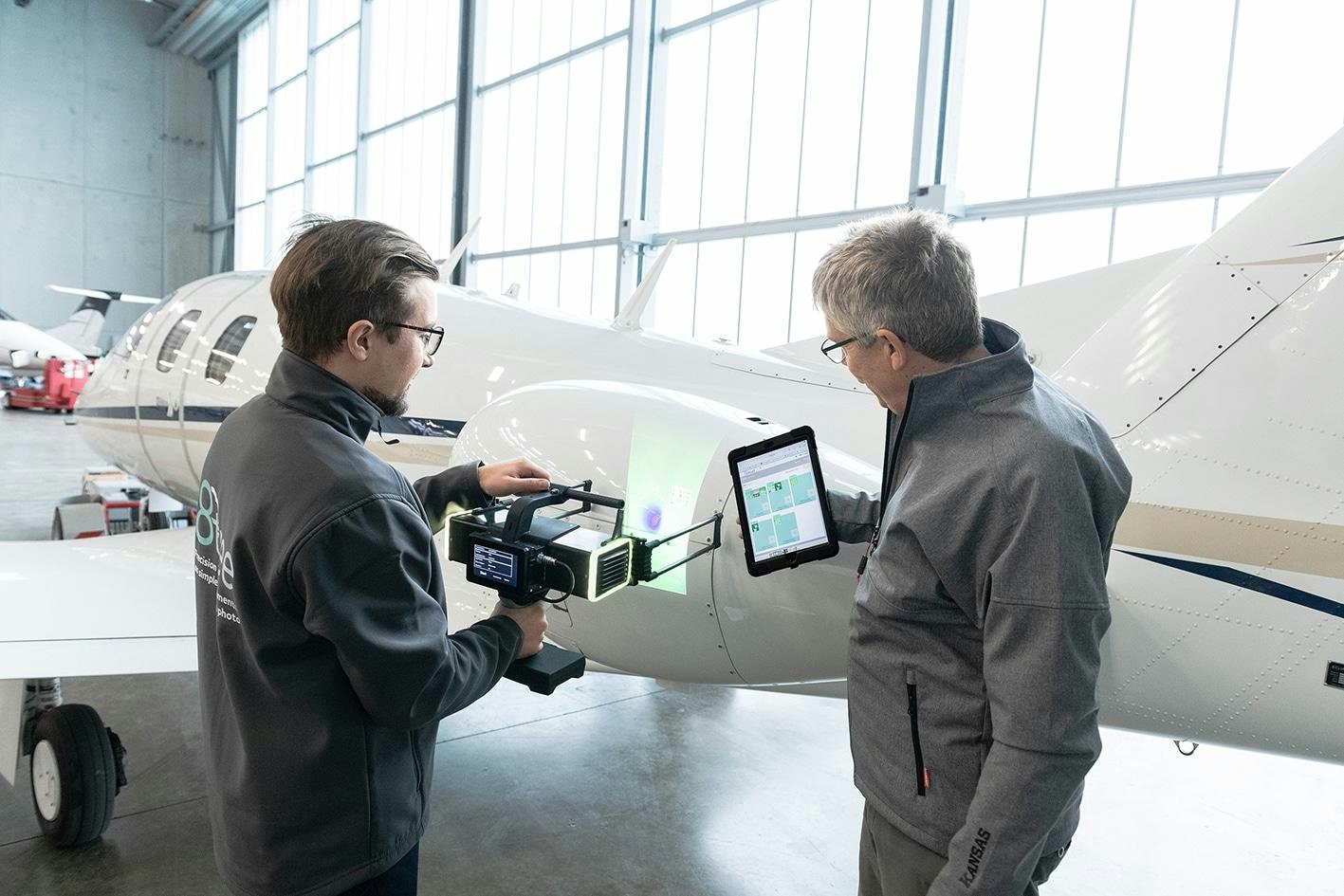
Vueling Airlines and Commercial Jet Adopt dentCHECK Technology from 8tree

Airbus Signs New Agreement with Chinese Partner Amid Reports of Large Order
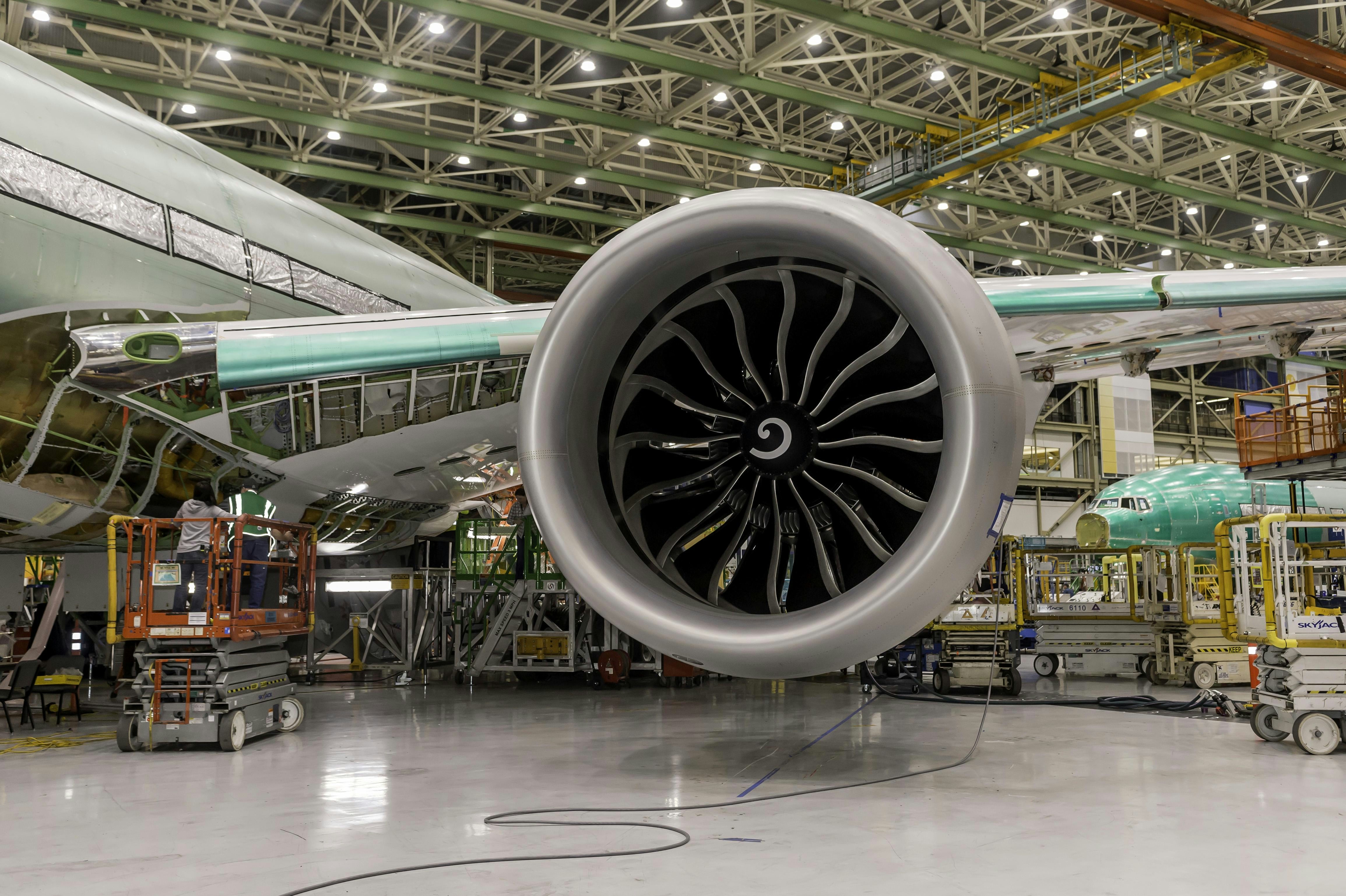
IATA Says Airlines Hesitant to Accept Aircraft Deliveries Amid Tariff Uncertainty
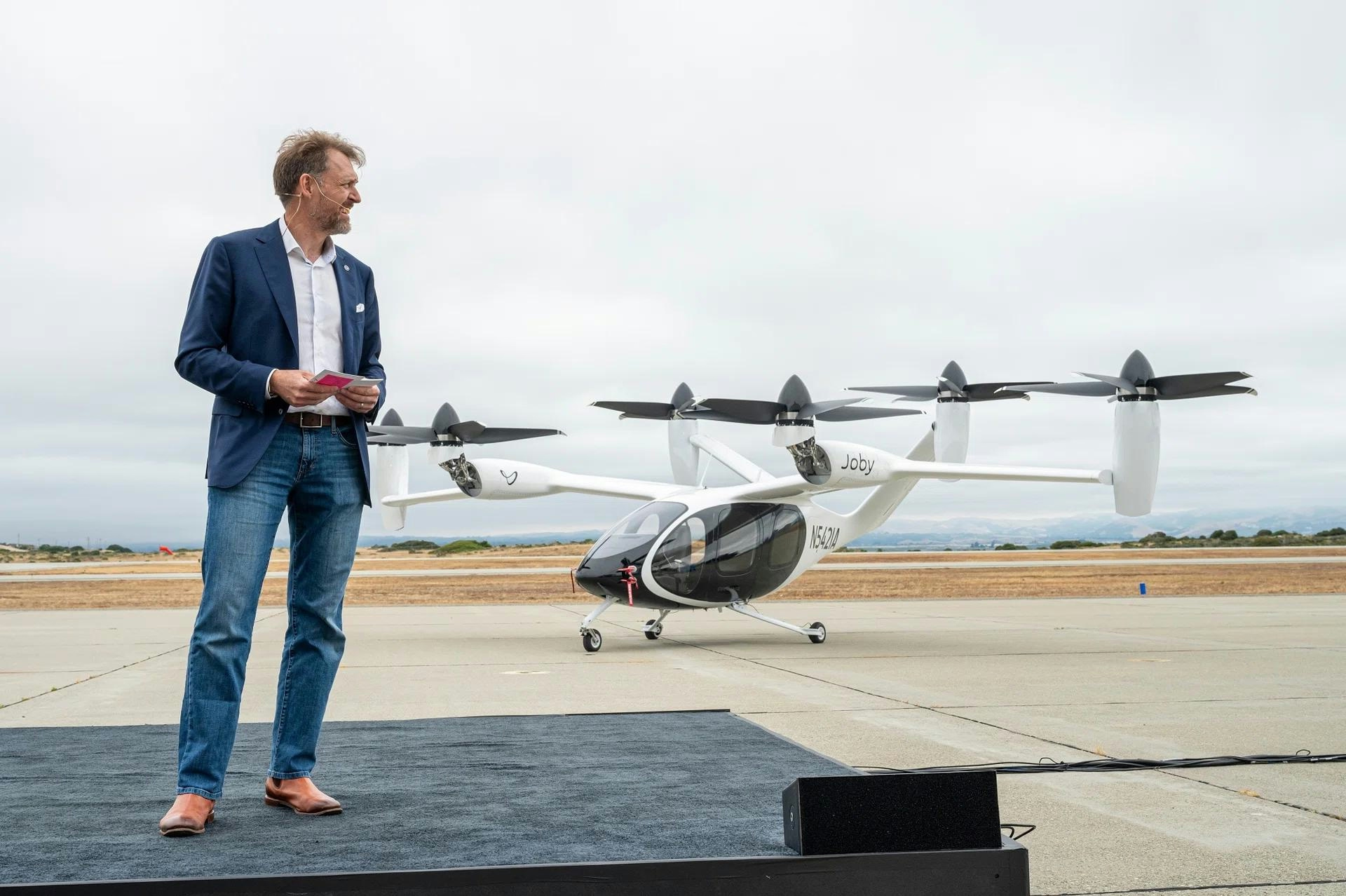
Flying Taxi CEO Regains Billionaire Status After Stock Surges 160%
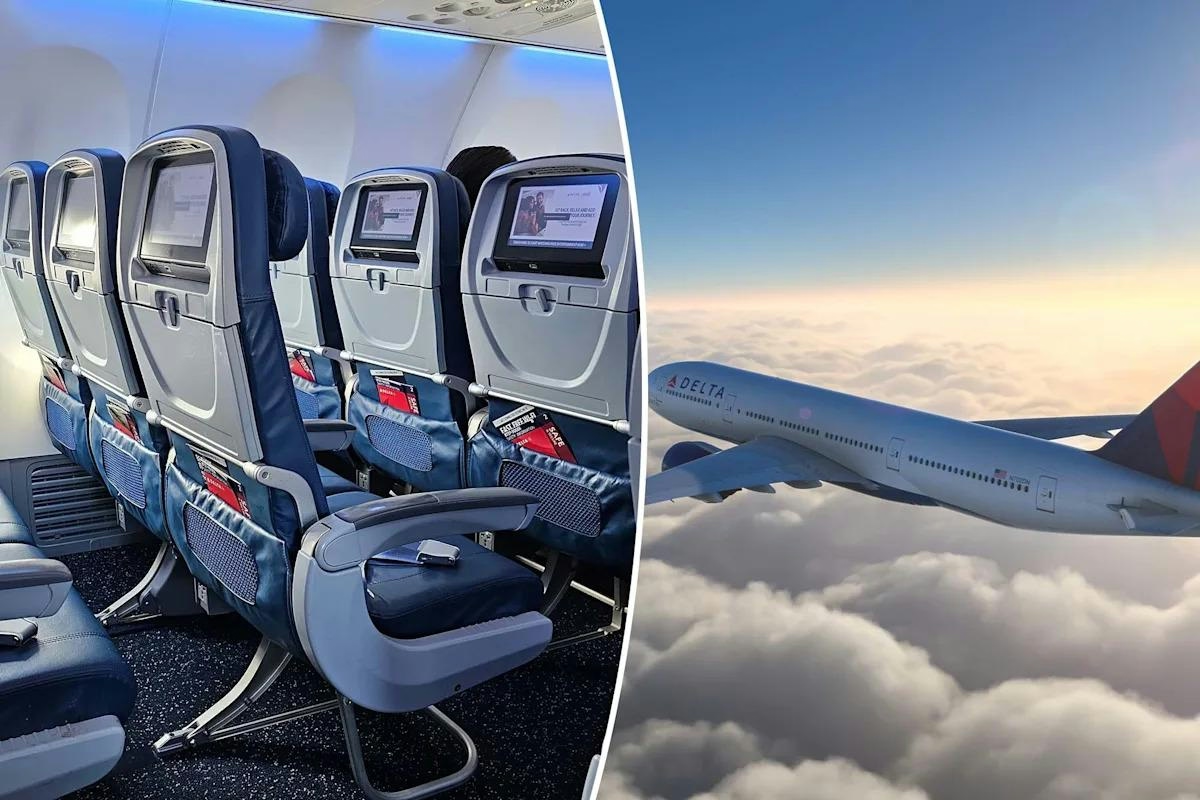
Delta to Use AI for Ticket Pricing
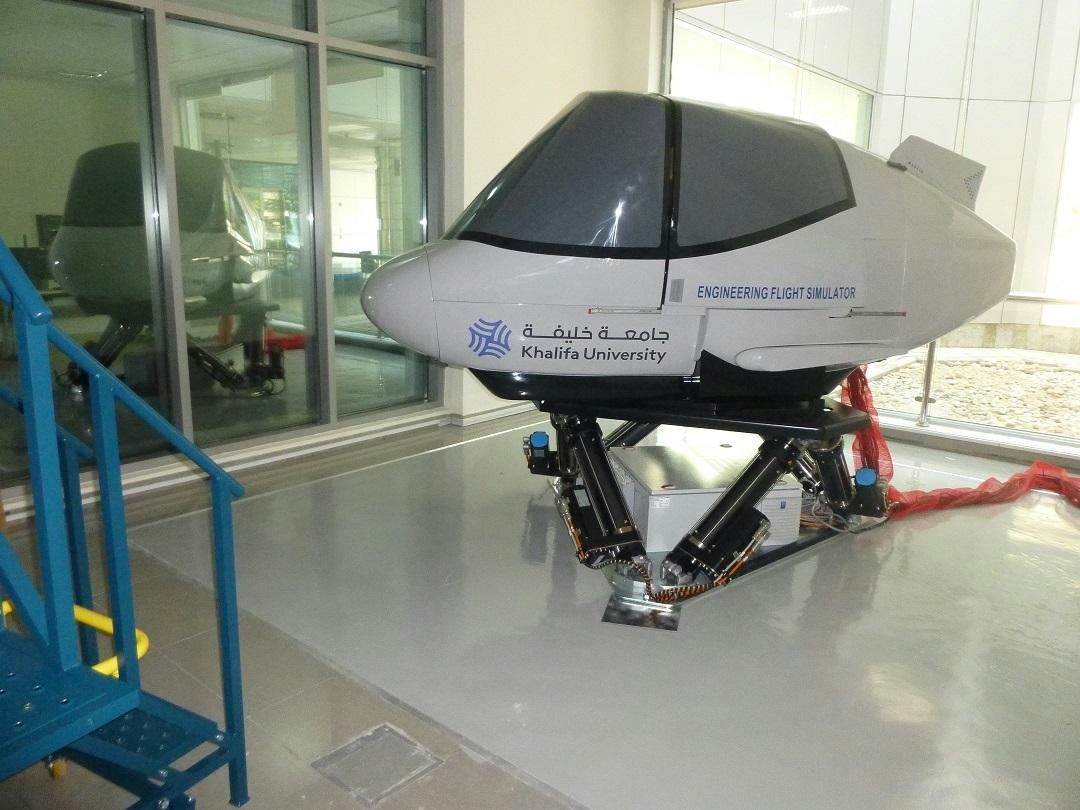
Khalifa University Students Drive Aerospace Innovation with Merlin MP521 Flight Simulator

Woodward Stock Gains on AI Data Center and Aerospace Prospects

Joby Aviation to Double Production at Air Taxi Manufacturing Facility

Military Aircraft Maintenance Market Projected to Reach $145 Billion by 2034
